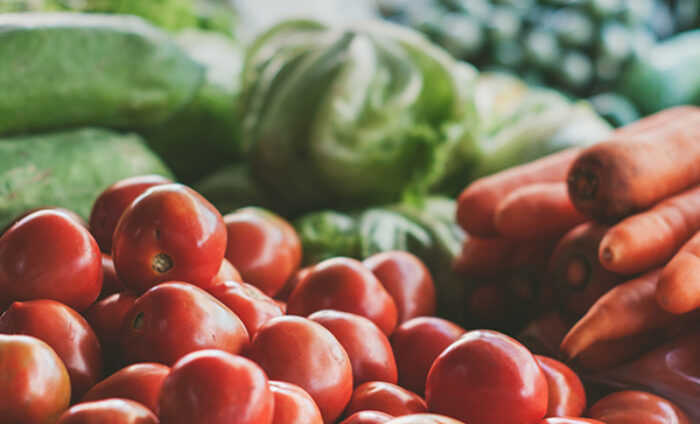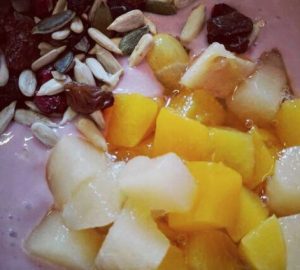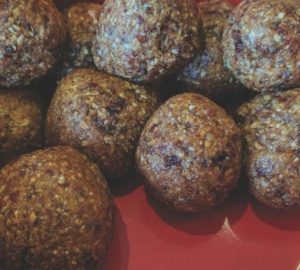
Keep swimming longer
We can’t stop the ageing process but through regular exercise and the right dietary choices we can reduce its impact. If you look at the results lists from open water swims or Channel swimming successes, you will see older swimmers posting times that many younger people would be proud of.
So what can you do to keep going as long as possible?
Sports drinks health warning
Scientists have observed that high levels of fructose are linked to health risks such as cardiovascular disease and type II diabetes via something called glycation, a chemical reaction between sugar and proteins. Glycation, in brief, damages the body’s cells which can lead to stiffened tissue and an increase in inflammation. These combine to slow recovery. Basically, glycation seems to make us age faster.
For many athletes, commercial sports drinks are a major source of fructose, as well as other quick release (high GI) sugars. Maybe you’ve used them for years, but have you ever paused to think if they are still right for you now? In most cases sports products are designed for young (i.e. under 30) athletes while in reality people over the age of 30 make up the majority of the world’s sporting population.
However, glycation and fructose aren’t the only reason that sports drinks containing fast releasing energy might not be the best fluids for the older sports person.
Muscle wastage over the age of about 60 (known as sarcopenia, meaning ‘poverty of the flesh’) is another reason to rethink sports drinks. Because muscle is the body’s furnace – burning energy that is otherwise stored as fat – muscle loss means some people over 60 find it harder to keep body fat percentages as low as previously.
Young, elite level athletes may use sports drinks in sessions over 60mins long. However, as you age, restrict their use to your longest and most intense sessions and races. If it’s shorter than 90 mins or the intensity is less than 75% of your max, then just drink water with perhaps a little added sodium. The additional salt is minimal but will help with fluid uptake which is useful in longer, harder sessions. Fuel up in advance with real food. If you do feel you need to replenish energy, look perhaps for a non-fructose based product.
Feeling fruity?
The other source of fructose is of course fruit, and sweeter and overly ripe fruits contain higher amounts. Because eating fruits offers other benefits there’s no need to start avoiding them but consider reducing your intake of sweeter fruits such as bananas, mangos and figs, especially when over-ripe. Most berries, cherries and citrus fruits are fine and contain many other nutrients that are central to a healthy diet so definitely keep up the five-a-day. Finally on the topic, cooking food gently (i.e. steaming) is preferable to blasting food at high temperature as this also causes glycation.
Muscle up
Maintaining muscle mass will help keep the metabolic fire burning thereby keeping the fat off, and will also help us to maintain performance. The addition of whey protein to your diet can help. Using protein supplements might seem a little extreme but it is a very simple way to make sure there is an abundant supply of good-quality fast-absorbing protein available for the body, thus helping maintain muscle size and strength for longer. Research suggests active over 60s might need more protein than it is typically possible to get from three main meals. Therefore, the addition of a whey protein supplement with water during the day and with milk before bed should hold significant benefits.
Them old bones
As we age, our bone density reduces. This is known as osteopenia (mild) or osteoporosis (significant) and both can be reduced through training (particularly weight bearing exercise) and by consuming more calcium. The recommendations of 1000mg per day for those under 50 and 1300mg per day for the over 50s, whilst achievable, are quite high, and so daily supplementation could be helpful. Milk, yogurt, almonds, oily fish and cheeses like mozzarella are good sources (green vegetables are too, however, you need to eat a lot to get near the recommendations). Research also suggests that those living north of 37 degrees latitude should actively seek vitamin D supplementation from November-February as it is vital for calcium absorption. Sun exposure for 5-10 minutes on bare skin, 2-3 times weekly is important and while supplementation of 400IU (International Units) per day is enough for most, older adults and those who avoid the sun should take up to 800 IU per day. It seems over-consumption of vitamin A inhibits the action of calcium, so multivitamins might not be the perfect solution.
Antioxidants
Hard aerobic exercise – while very good for us – is known to cause damage to cells via the production of free radicals called reactive oxygen species (ROS). In younger athletes, these signal that the body needs to adapt, forcing it to become fitter. However, the cell damage can lead to the inflammation issue mentioned earlier, again affecting recovery and disease risk. Recently, concentrated cherry juice has been shown to be excellent at reducing this damage, but it might also be that older sports people should supplement their diet with the antioxidant vitamins C and E. While there is no need to take large doses, daily supplementation of these vitamins should be considered for athletes over 60.
Hydrate
Finally, while swimmers are less susceptible to dehydration than runners, it does appear that older athletes experience a reduction in thirst sensation when compared to younger athletes. Reasons for this are not clear, but it is an issue that should be addressed and swimmers over 50 should make sure they drink enough. For most, sipping on between 300-500mls of fluid per hour of swimming will be enough to maintain hydration without risk of over drinking and it may also be that drinking less is not such a big issue as older people also sweat less.
There are no guarantees of course, but regular exercise combined with attention to what you eat will help you keep swimming for life.







